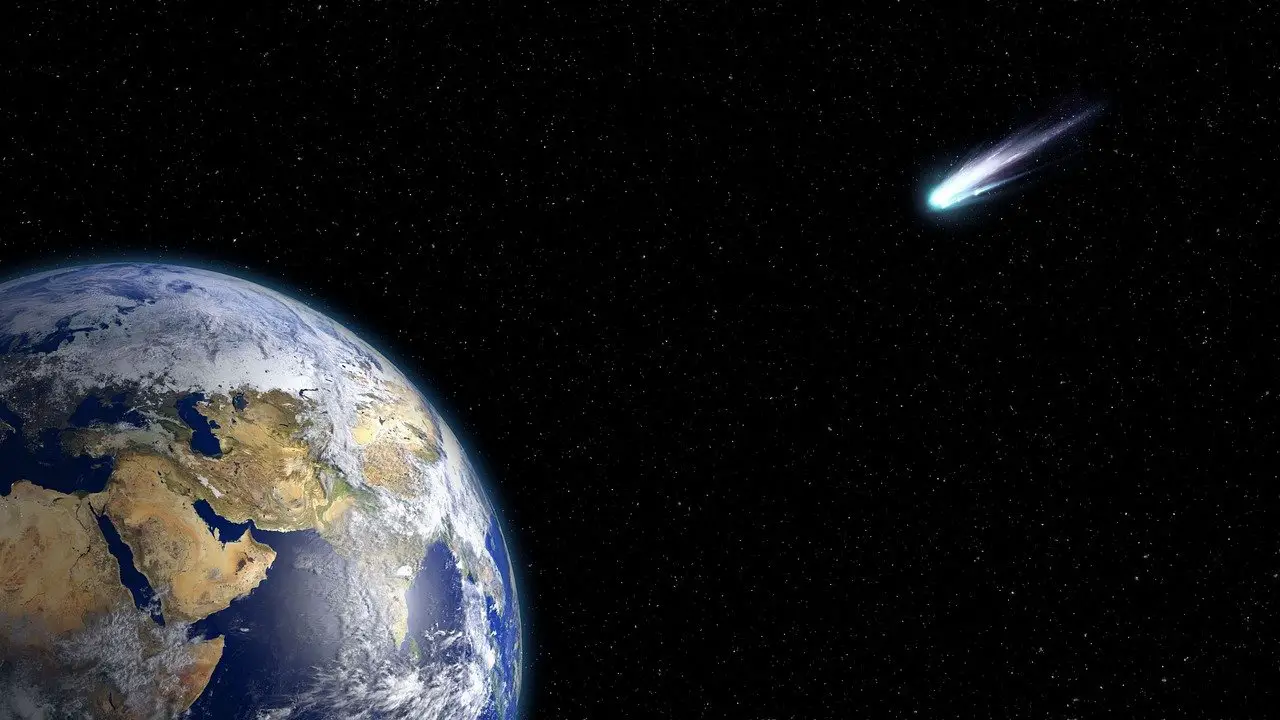What exactly a comet is?
Comets are one-of-a-kind celestial objects, comparable to other celestial bodies but fundamentally distinct from them. They have a nucleus made up of dust and ice, and as they get closer to a sun-like star, they eject a stream of gas and material from their nucleus. In addition, a coma, and it is really a thin, transitory atmosphere created by the dominant effects of solar wind and radiation, may be present. In ancient times, comets were thought to be omens of death and devastation, and their presence has been linked to both.
Comets can be found across the cosmos, but they are one-of-a-kind celestial objects that are comparable to other celestial bodies but fundamentally distinct from them. They have been popularized in countless works of fiction and popular media, as well as capturing the imagination of millions who have observed them in the night sky or even visited them close up, as with comet 67P/Churyumov–Gerasimenko by the Rosetta mission.
There is an orbital cycle that all celestial bodies follow, and comets are no exception. Comets are only visible to the unaided eye and from Earth when they approach close enough to the Earth or the sun. Comets have orbital cycles that may last anything from a couple of years to decades or even thousands of years. They also have perihelion periods. It has been hypothesized that comets with inflated or longer orbital rounds originate very far out in the observable universe in what has been generally called the “Oort cloud” arrangement, a hypothetical celestial artifact that is said to include icy bodies that plunge towards the Sun due in part to the force of gravity from some of the bigger planets in any solar system.
It is known as a ‘hyperbolic comet,’ and it’s a celestial phenomenon that only makes one trip through our solar system before launching into interstellar space. While maintaining a certain distance from the central object, such as our sun, spiral and elliptical orbits are pretty similar to the planets in the solar system circle. The rules of space/time travel do not apply to a hyperbolic or even an escape trajectory. Because of the orbital paths associated with celestial bodies such as comets, the item may go much closer to the solar system’s center of gravity before being ejected and sent out into the darkest parts of the system. From there, it will begin its return trip to the sun.
Until recently, our solar system included more than 4,100 known comets, according to data compiled in January 2011. Every year there is an average of one comet visible in the night sky. Some of these comets are so little that they are invisible to the human eye. Other comets known as Great Comets, on the other hand, are stunningly bright and can be seen well with the naked eye. Comets can be differentiated from asteroids because of the presence of a coma or a tail; nonetheless, tiny extinct comets might be mistaken for an asteroid. Asteroids are assumed to have formed within Jupiter’s orbit, while comets formed in the furthest reaches of the planetary system in which our planet resides.
Most comets come from within our solar system, a region that’s dominated by our sun and its orbiting planets. Since we can’t see beyond our sun, astronomers believe that many comets originate from an icy body known as a Kuiper Belt Object (KBO), which is located outside of Neptune’s orbit.
Hopefully, that gives a general idea about comets. Well, there’s a lot more to learn about comets rather than appreciating their aesthetic appearances and myths. Some experts even suggest that comets carry micro-organisms as well and that contributes to colonizing planets. If you think that way, comets are the media that transport life throughout the universe.
![]()
